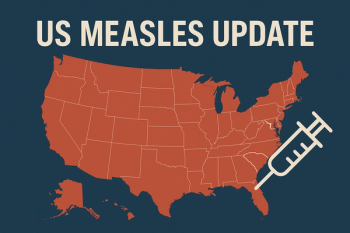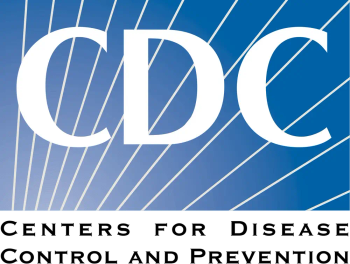
HHS Releases Updates to Pandemic Influenza Plan to Guide Prevention and Response
Building on lessons learned from the 2009 influenza A (H1N1) pandemic, the United States Department of Health and Human Services has released its updated Pandemic Influenza Plan for 2017-2027.
To better prepare the nation for its next potential flu pandemic, the US Department of Health and Human Services (HHS) has released an updated pandemic influenza plan based on lessons learned from the 2009 influenza A (H1N1) pandemic.
The novel
Health officials have used the takeaways from the 2009 flu pandemic to develop new ways to prevent and respond to future pandemics. In fact, the Centers for Disease Control and Prevention (CDC) recently issued updated
While the 2005 plan included 4 key pandemic response elements, the updated HHS plan lays out 7 domains for the prevention, control, and mitigation of the next pandemic influenza outbreak based on lessons learned from the 2009 pandemic outbreak. These include:
- Domain 1 — Surveillance, Epidemiology, and Laboratory Activities
- Domain 2 — Community Mitigation Measures
- Domain 3 — Medical Countermeasures: Diagnostic Devices, Vaccines, Therapeutics, and Respiratory Devices
- Domain 4 — Health Care System Preparedness and Response Activities
- Domain 5 — Communications and Public Outreach
- Domain 6 — Scientific Infrastructure and Preparedness
- Domain 7 — Domestic and International Response Policy, Incident Management, and Global Partnerships and Capacity Building
“HHS has made substantial progress in pandemic influenza preparedness since the 2005 Plan was released,” says the updated report. The report also notes that these domains reflect an end-to-end systems approach to improving the way preparedness and response are integrated across sectors and disciplines, while remaining flexible for the conditions surrounding a specific pandemic. “In the current document, HHS reviews that progress, highlighting both the successes and remaining gaps in our preparedness and response activities for pandemic influenza. Most significantly, HHS efforts in pandemic influenza preparedness now are closely aligned with seasonal influenza activities, harnessing expanded surveillance, laboratory, vaccine, and antiviral drug resistance monitoring capacity.”
The progress made in the public health sector since the last plan includes expanded global influenza surveillance and laboratory capacity, which the updated report notes has helped health officials track evolving influenza A viruses and the emergence of novel viruses with pandemic potential. With the new forecasting, modeling and planning tools, health agencies can better estimate the spread, burden and impact of a pandemic virus.
With the scientific advances made in recent years, the updated plan also includes the goal of speeding up the development and production of vaccines and antiviral drugs in response to a novel pandemic virus. While the 2005 plan included a 6-month turnaround for pandemic vaccines, the updated plan sets that goal to 3 months of the emergence of a pandemic strain. “These goals are attainable, but achieving them will require dedication in terms of resources, innovation, education and outreach, and commitment,” says the updated plan. The domains laid out in the updated 2017 HHS plan will guide the agency’s pandemic influenza response for the next decade.
Newsletter
Stay ahead of emerging infectious disease threats with expert insights and breaking research. Subscribe now to get updates delivered straight to your inbox.



















































































































































































































































































